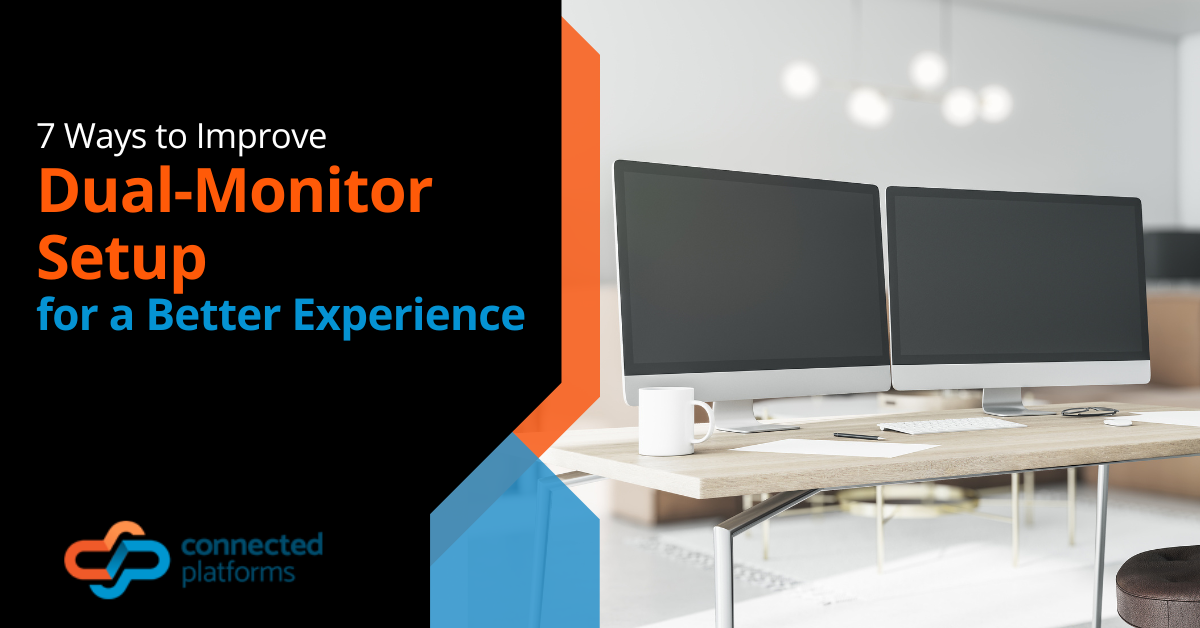The use of mobile devices for work has increased significantly in the last decade. Studies show that the flexibility of mobile saves employees 58 minutes per day and increases productivity by 34%.
The boost in efficiency is great, but working on mobile devices brings certain risks, not the least of which are unsecure connections on public Wi-Fi.
When employees are out of the office and not on the office Wi-Fi network, then any firewalls, web protection applications, or other local safeguards are no longer protecting their devices. This leaves them exposed to the dangers that come when connected to an unsecure public Wi-Fi.
70% of Australian adults connect to public Wi-Fi on their smartphones.
Free Wi-Fi hotspots are everywhere. Just walk into the nearest McDonalds or Starbucks or another retail establishment and there’s more likely than not a free internet connection. There are even cities like Melbourne providing public hotspots throughout the city.
But that ability to connect while out and about comes with serious risks if you’re not careful.
What to Avoid When Connecting to Free Wireless Hotspots
The use of business cloud solutions that enable access from anywhere on any device, has been the key driver of the use of smartphones and tablets to access work applications.
This has brought with it another layer of complication when it comes to securing data transferred to and from mobile devices when they’re connected to an unsecure network.
Here are the key risks of connecting to free, unsecure hotspots and how to avoid them.
Having Your Data Intercepted
One of the most popular ways for a hacker to intercept data and steal things like usernames and passwords when you’re on a free Wi-Fi is called a “man in the middle” attack.
This is when a hacker connected to the same public Wi-Fi inserts themselves in between you and the network connection. They then can access data you’re sending and receiving, including the keystrokes being made to enter a login password or credit card number.
The way to avoid having your data intercepted on a public Wi-Fi is to use a virtual private network (VPN), which is an app that you use to connect through. It acts as an encrypted tunnel that cuts off any attempt to capture the data you’re transmitting or receiving during an online session. VPNs can be used on all devices, desktop and mobile.
“Evil Twin” Wireless Connections
One of the first thing many travelers do when reaching their hotel is to connect to the free Wi-Fi available. There are often more than one to choose from and it’s easy to get confused about which to connect to. Another ploy hackers use is to set up an “evil twin,” which is a Wi-Fi that looks like a legitimate hotspot offered by a hotel, airport, or other location.
A user sees “Hotel Lobby” in their list of wireless connections, and they naturally think that must be the right one. But the Wi-Fi is run by cybercriminals and is able to capture all data going from and to your device during your online session.
Avoid falling prey to a fake Wi-Fi hotspot by not allowing your device to automatically connect to available wireless networks that haven’t been pre-approved, and double check the name of the hotel’s (or other establishment) Wi-Fi to ensure you know exactly which connection in the list of available networks is legitimate.
Hackers Getting in Through Shared Folders
If you have shared folders on your laptop or other device, this can be a way in for hackers on the same public network as you. Sharing allows users to easily transfer files between their devices on the same network or share them with others.
But that file sharing when you’re on a public Wi-Fi can be an invitation into your device, allowing a hacker to plant malware.
When you’re not on a secure network at home or office, turn any file and folder sharing off, so you’re not putting your device security at risk of an unauthorised connection.
Fake Wireless Sign-in Forms
Hackers can easily set up a fake page that you think is a Wi-Fi sign in page for a legitimate public hotspot, but is actually designed to steal sensitive details from you such as a common login password you use or even your credit card number.
There are so many URLs out there, that criminals can easily use one that’s only a few letters off a legitimate URL and even spoof a logo of an airport, restaurant, or hotel on the landing page to fool you.
Double checking a hotspot login URL is a good best practice, as well as having mobile device security, such as web protection that detects suspicious webpages and can warn you before you visit them.
Does Your Company’s Cybersecurity Plan Extend Beyond the Office?
Many businesses in Brisbane and throughout Australia now extend beyond the four walls of their building through the use of mobile devices. Is your cybersecurity plan set up to protect your data everywhere? Let Connected Platforms help with a full mobile-inclusive IT security strategy.
Contact us today for a free IT security consultation or to find out more about other IT solutions we can help you with. Call (07) 3062 6932 or book a coffee meeting online.




